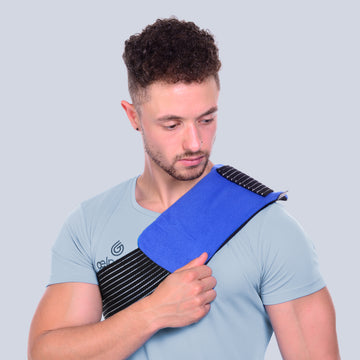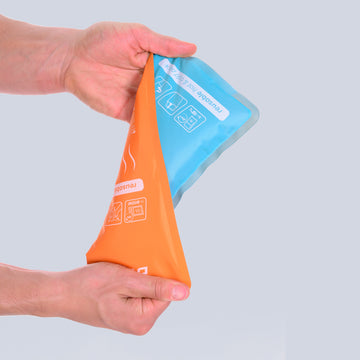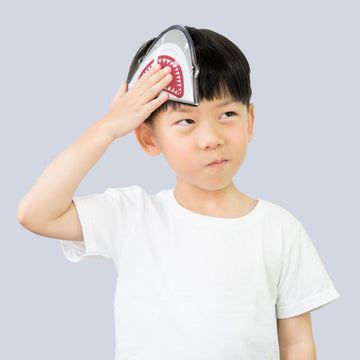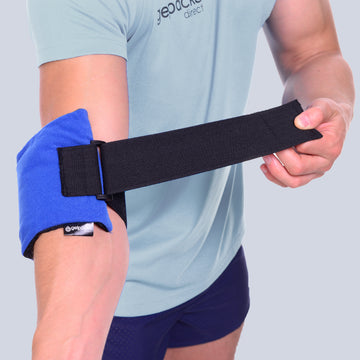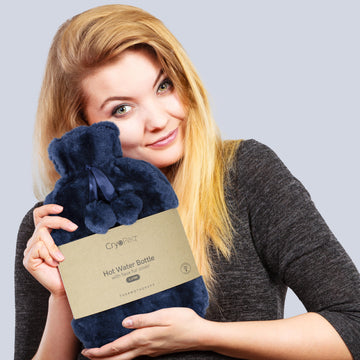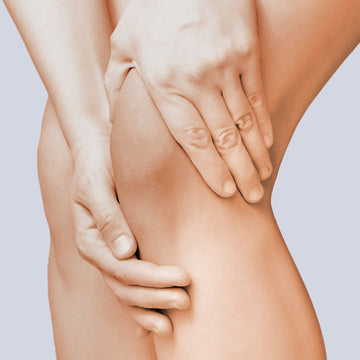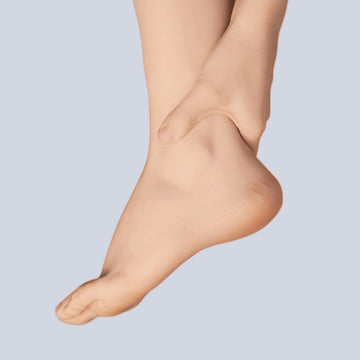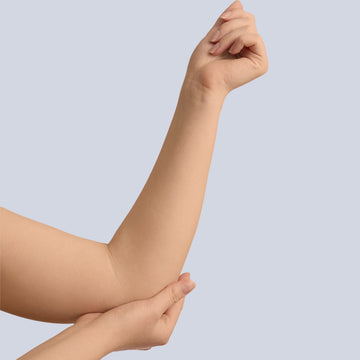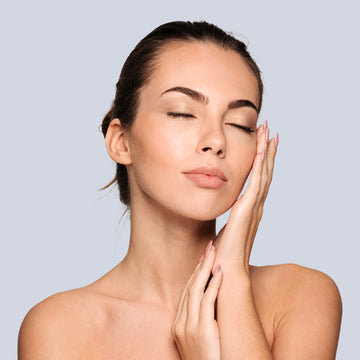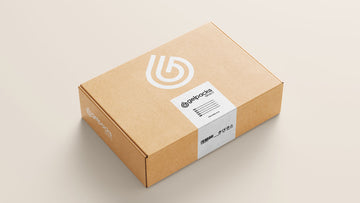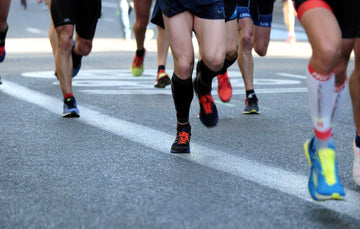Posted by Tia Patel | OCT-01-2020
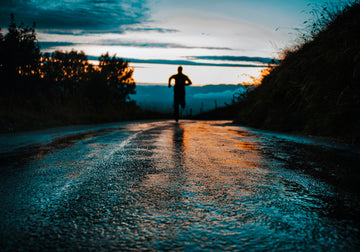
#TeamGPD Winter Running guide
As the winter months approach, it’s tempting to ditch your regular Sunday run in favour of a netflix marathon, but, if you brave the cold, you’ll reap the benefits of winter running!
We’ve spent some time investigating the science behind cold weather running to bring you our top tips for surviving winter training and we’ve sourced our favourite pieces of kit to help you stay safe and warm on the roads.
So, let’s stay motivated, and stay outside whilst we still can. Save the treadmill for “lockdown” part two!
Benefits of cold weather running
According to Professor John Brewer, head of applied science at St Mary’s University in Twickenham, London, our bodies find it far easier to run in cold winter conditions than the stifling heat of summer. Whilst we can all dream about running in places where warm breezes ruffle palm trees and a post-run cocktail by the pool, this isn’t always an option, especially at the moment. The good news is that Britain’s average Winter temperature of 10-11°C is much closer to a runners ideal training environment.
Chris Tyler, Roehampton University, suggests that one of the main factors is heart rate. Whereby your heart has to work harder to maintain the same intensity in the heat, pumping blood to the skin to be cooled. In the cold, the opposite is true; you don’t need to cool yourself down, which allows for greater central blood volume. This means that in Winter, you can run at the same pace as in Summer, but with a much lower heart rate – up to around 15 beats per minute fewer! Running with a lower heart rate means you’re going to be less fatigued at the end of the run. We’ll take that 🙌
Winter is a great time to use the comparative lack of tiredness and muscle fatigue to practise things like midrun surges, kicking near the end, adding fartlek sections or throwing in a few late hill reps to make the adaptations you need to increase your strength, speed, endurance and ability to push hard through discomfort in a race.
Running in the cold means you’ll need to take on less fluid than in the heat. The fact that you also don’t feel as thirsty in cold conditions is also an important performance tool, says Tyler. ‘Very recent research that hasn’t even been published yet shows that people who believe they are hydrated can perform better in the short term, even if they’re not,’ he says. ‘In the study, two groups of athletes were deliberately dehydrated, but only one group was told this would happen. The group who were not told they were dehydrated performed five per cent better in subsequent exercise tests.’ This shows us that running in the cold can make hitting that personal best more likely!
Running during the Winter months can be risky, we want to help keep you safe and well while you continue your training, here’s some good advice to follow, you can thank us later! 😉
Top tips
-
Think carefully about your running route - As you begin to run in darker mornings and evenings, it's important to choose routes which are well lit. This isn’t just about you being able to see where you’re going, but is more so about other people being able to see you - particularly cars and cyclists.
-
Stay warm in the wind - We’ve all experienced running in the remnants of a hurricane from the Atlantic. It's important to try and run with the wind in your face on the way out and wind at your back the second half of the route. If you run with the wind at your back the first half of a run, you’ll get hot and sweaty, and when you turn around, the wind will get very cold. Use a substance such as Vaseline on exposed parts of your skin, such as your face, to help protect from the cold and wind. Vaseline is naturally waterproof and quite windproof. It will help keep your face from “falling off” in bitter winds.
-
Keep Your Shoes Dry - If you run in wet conditions, put newspaper in your shoes immediately after your run. The newspaper will soak up the water and help your shoes maintain their structure.
-
Rehydrate - It may be cold and dry outside, and you might not think that you’re sweating, but the truth is your body is still losing fluid. It’s important that you rehydrate soon after each run and stay hydrated throughout the day.
-
Post run - Your body will dramatically lose heat post winter run, it's important to keep warm and stretch the muscles properly to avoid injury and stiffness. If you have time, a soak in an epsom salt bath will do wonders for sore limbs and dig out your trusty gelpack for heat treatment on problem areas.
Running essentials
Make sure you invest in a pair of thermal running tights. Regular running leggings with vented areas leave your skin exposed. You may not notice it during your run but when you strip off back at home you can be left with painful red blotches which sting when you jump in the bath, causing damage to the top layers of skin. A long sleeve top or base layer is essential. Choose carefully, ensuring the material is breathable.
It’s all about accessories so team your layers with gloves or mittens, a hat or ear warmer and windproof jacket. Just because the weather is dull and grey, doesn’t mean your clothing has to be! Pick out the brightest colours and boldest patterns for added running motivation and of course visibility. Be seen, be safe!
Light up your life!
Reflective gear has stepped up over the past few years with brands releasing some impressive accessories that’ll light you up, keep you safe and let you train all year round.
No-one does reflective gear quite like Proviz which embeds millions of tiny beads in its clothes so they flare up the moment any light falls upon them. Whilst the jacket is designed for cold-weather running, so can be a tad sweaty if you push the pace, there’s no better option for increasing your visibility during a night time run.
Why not give Safety Skin a go. We love this product! This is a reflective roll on, applied just like Body Glide so you can swipe reflective stripes directly onto your skin wherever you want them. When headlights hit the coating it lights up with a strong glow, making sure you’re seen. Made with a hypoallergenic wax base, it’s also rain and sweat resistant so you can run in all conditions and it’ll still do its job.
A night-safety version of the popular FlipBelt. The FlipBelt Reflective has 3M reflective fibres woven into the material all around the band for 360-degree reflectivity. In addition to this added safety feature it’s a brilliant solution for storing your keys, cards, cash, smartphone, gels and all the other necessities on runs.
Or you could stick to a classic headlamp. The Black Diamond Sprint 225 is our favourite in its sleek, compact design because of its performance and features, combined with its comfortable fit which keeps the light from bouncing. Instead of clicking a small button to dim or brighten the lamp, simply swipe up or down past sensors on the side of the housing to change intensity—it even works with gloves and sweaty hands
ICE bracelet - most of us run with our trusty Garmin watches fitted with a GPS tracker so the family back home can see our every move. But in the case of a dreaded accident, it's important to wear an ICE bracelet or something with some information about your identity, taking into account any medical conditions and a number to call in case you do get into trouble whilst out on a run. https://iceid.co.uk/running-id/
So whether you’re running, cycling or dog walking, remember to wrap up and be seen! We can’t wait to see your photos of your night time runs, I think we could have some fun with reflective safety skin? 🤔
#TeamGPD
